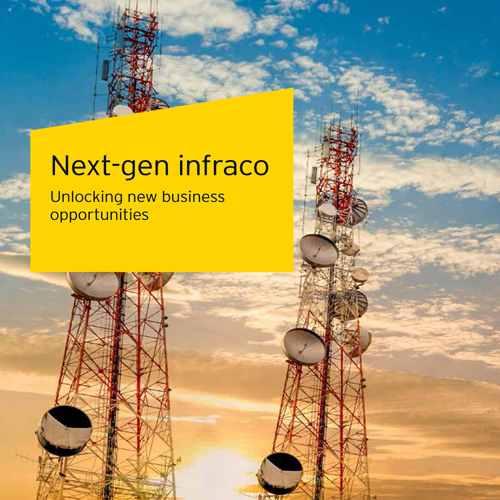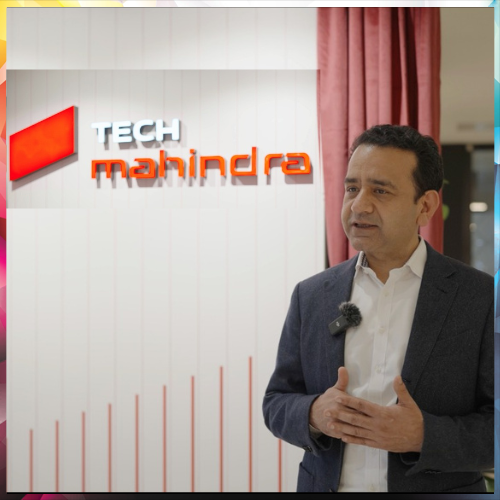
EY released its report on the future of telecom infrastructure sector in India – ‘Next-gen infraco: Unlocking new business opportunities’. In this report, EY draws out the future business landscape for the Indian telecom infrastructure industry and conducted an in-depth study on the new opportunities which have already started to gain ground on the future business landscape for the Indian telecom infrastructure industry and conducted an in-depth study on the new opportunities which have already started to gain ground.
Prashant Singhal, Emerging Markets TMT Leader, EY, said “Towercos today are well placed to tap in on new opportunities that represent a revenue potential of INR 215 billion-INR 310 billion in 2023. With the high momentum from towercos, and government’s push on infrastructure growth, the future is promising for the telecom infrastructure sector.”
Bharat Bhargava, Telecommunications Advisory Leader - Performance Improvement, EY said “Next generation technologies such as 5G and IoT require formidable network performance, which has triggered the need for a diverse infrastructure mix. Infrastructure providers are in strong position to tap on the new opportunities such as fibre, small cells, Wi-Fi and smart cities. Infracos have the potential to tap 35%-40% of the overall addressable market of these new revenue segments.”
The telecom industry is undergoing a major transformation, which is set to alter the supporting infrastructure sector. The telco market has shrunk to a limited 3+1 operator format. The telco industry is characterized by high data demand which is expected to witness a 5x increase during 2018-24. This data growth has given rise to the demand for new infrastructure and services.
With this seismic shift in the industry, plenty of opportunities are arising for tower companies to shift their attention from a macro tower focused business, towards new business models hinged on fiber, small cells, data centers, Wi-Fi and smart cities and beyond. Globally, tower companies are already reaping the results of these new areas of investment and the business case has proved to be successful for multiple global infrastructure companies (infracos).
Towercos today are well positioned to expand their infrastructure portfolio, by tapping into adjacencies and cater to the changing needs of the telecom sector. Fibre presents significant potential as the overall fiber deployment in the country is expected to increase at a CAGR of 13.6%, from 1.5 million cable kilometers in 2018, to 2.8 million cable kilometers in 2023. Wireless, FTTx and common infrastructure would be the major contributors to fiber demand. The fiber growth is expected to see a fillip 2020 onward, with expected launch of 5G in 2023.
Small cells are another booming segment and towercos are well placed to tap it. From 2023 onwards, the rollout 5G services is expected to commence which would contribute to large number of small cell deployments to support increasing bandwidth requirement for new use cases. Outdoor small cell deployments in India expected to reach ~250,000 by 2023.
Extending their capex to opex model, infracos can also explore venturing into data centres, in addition to the edge computing (micro data centres play), which are lucrative business segments. Smart cities are already being targeted as potent business expansion by infracos, which not only enhance revenue, but also provide them access to street furniture for future telecom infrastructure. Other segments such as IoT, Wi-Fi, power management among others are likely to become mainstream as the market matures.
See What’s Next in Tech With the Fast Forward Newsletter
Tweets From @varindiamag
Nothing to see here - yet
When they Tweet, their Tweets will show up here.





























